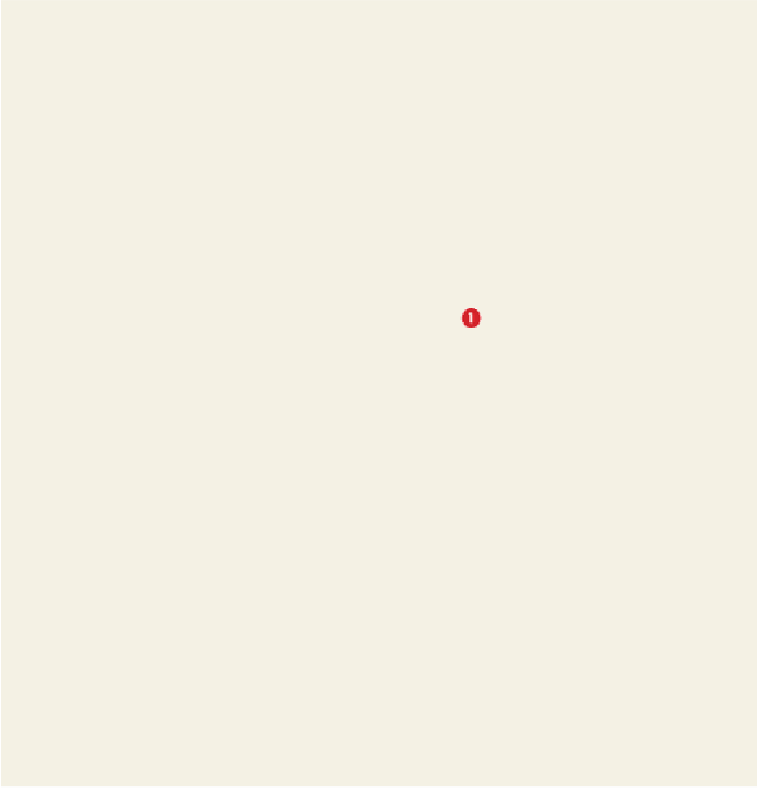Travel Reference
In-Depth Information
Neighbourhood Walk: Bukchon Views
START
ANGUK STATION, EXIT 3
END
ANGUK STATION, EXIT 1
DISTANCE
3KM
DURATION
2 HOURS
Take in views across Bukchon's tiled
hanok
roofs on this walk around the area between Gyeonbokgung and
Changdeokgung. Don't worry if you get a little lost in the maze of streets - that's part of the pleasure. Also note
this description uses the new street names for the area; some maps and business addresses will have the old ad-
dress system.
From the subway exit turn left at the first junction and walk 200m to
Bukchon Traditional Culture
Centre
where you can learn about the area's architecture. Turn left at the junction and then right at Bukchon-ro.
On the corner is the
Bukchon Tourist Information Centre
. Walk up this major road lined with shops; 25
years ago it was a much narrower residential street leading into the hills.
Around 250m up the on the left-hand side is
11-gil
,
Bukchon-ro
; follow this narrow street uphill towards
the parallel set of picturesque streets lined with
hanok
in
31 Gahoe-dong
. To see inside one of the
hanok
pause at
Simsimheon
.
Turn left and go a few blocks west to 5-gil, Bukchon-ro; just to the right is a
viewing spot
across
Samcheong-dong. Head south down the hill, perhaps pausing for tea at
Cha Masineun Tteul
. Further
downhill is
vision impaired.
Turn left after the
World Jewellery Museum
and then right at the junction; on the corner by another tourist
information booth, walk up to
Jeongdok Public Library
, where you'll find a museum devoted to educa-
tion and a small quiet park; the cherry blossoms are lovely here in spring as are the ginkgo trees turning yellow
in autumn.
Return to the subway station via Yun Bo-seon-gil which runs behind the Constitutional Court.
The park's other outstanding feature is the 10-tier, 12m-high stone pagoda, encased in a
glass box. It once graced Wongak-sa, a nearby Buddhist temple destroyed in 1504 on the
orders of the Confucian king. Buddhists were forced out of the cities into the mountains,
where most of Korea's great temples still stand today. The pagoda, a treasure of Buddhist
art, has wonderful carvings all over it.
CHEONDOGYO TEMPLE
TEMPLE










